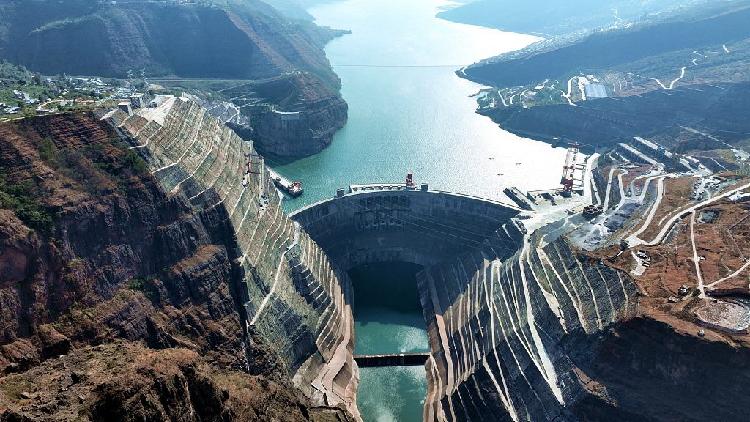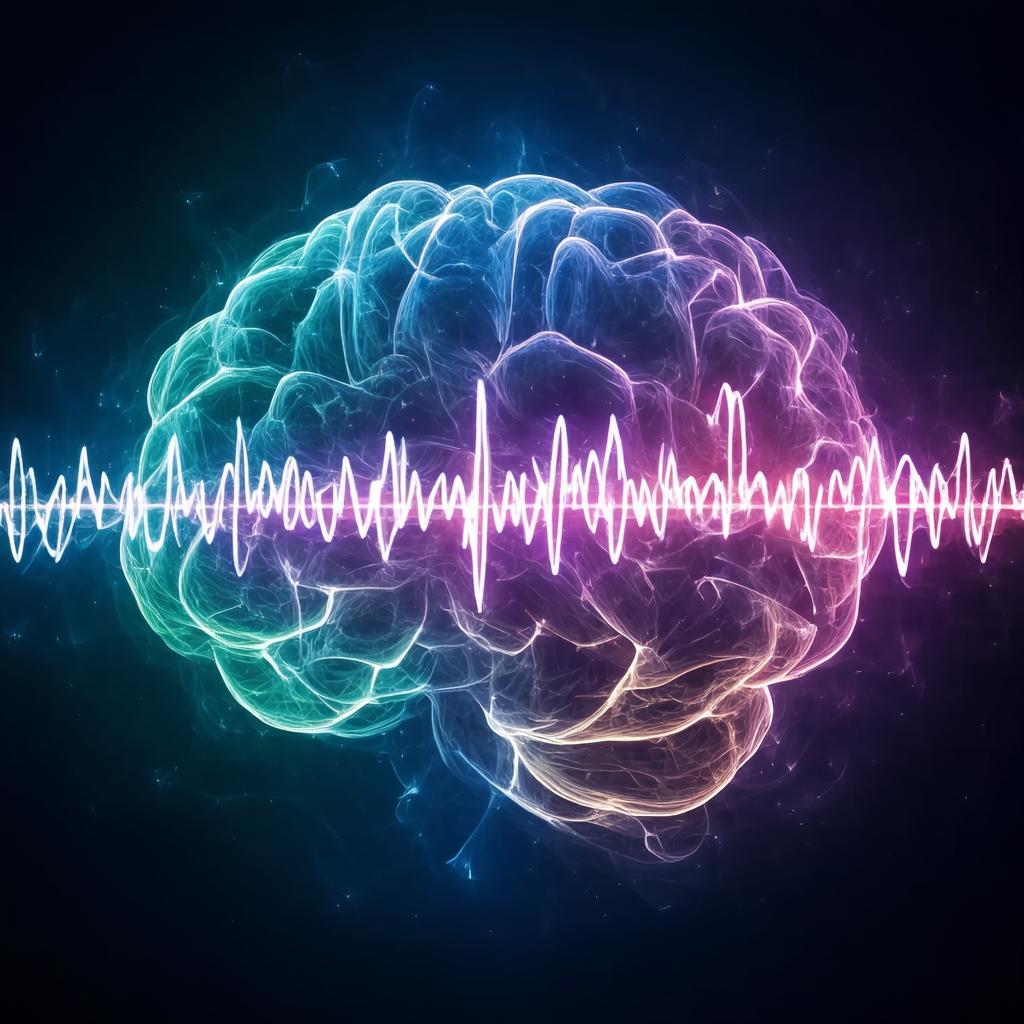Wuhan University Decodes Jupiter's Magnetosphere and Europa

The recent breakthrough by Wuhan University in decoding Jupiter's magnetosphere and its dynamic relationship with its moon Europa is a significant advancement in planetary science. This research matters not just for scientists but for anyone intrigued by the mysteries of our solar system, particularly amidst growing public enthusiasm for space exploration following significant projects like the James Webb Space Telescope.
The research group, led by Professor Ni Binbin, analyzed data from the Galileo and Juno probes to reveal that electrostatic electron cyclotron harmonics noticeably intensify around Europa’s orbit. This fluctuation correlates strongly with the spatial and temporal variations of energetic electrons, providing an important observational basis for understanding how Europa’s volcanic activity influences Jupiter's magnetosphere. Notably, the research suggests that monitoring these harmonic fluctuations could serve as a proxy for evaluating the intensity of Europa’s plasma releases, implicating a direct connection between the moon's volcanic eruptions and the dynamics of Jupiter's magnetic environment.
Furthermore, the study utilized numerical modeling and theoretical analysis to propose that enhanced plasma release from Europa strengthens instability processes in Jupiter’s magnetosphere, leading to the accelerated movement of energetic electrons within this region. Such insights not only deepen our comprehension of planetary interactions but also pose new questions about the mechanisms that govern such environments. The collaborative effort involving multiple international institutions highlights the growing trend of sharing knowledge across borders in pursuit of understanding complex cosmic phenomena.
In conclusion, this research not only enriches our scientific understanding of Jupiter and its moons but also underscores the potential for employing remote sensing methods to gauge the volcanic activity of distant celestial bodies. How might these findings shape future missions targeting Europa and its fascinating geological activity?
Read These Next

Baihetan Hydropower Station Marks Two Years of Clean Energy Progress
Baihetan Hydropower Station aids China's clean energy shift, reducing coal use and emissions with advanced hydropower technology.

Commentary on 'Microwave Brain' Tech Development
Commentary on the groundbreaking 'microwave brain' technology that integrates AI and communication chips, discussing its innovations and implications for future technologies.

Chinese Premier Calls for Efforts in Ecological Civilization Development
Premier Li Qiang stressed ecological civilization and green development at a symposium on climate change and sustainability efforts.
